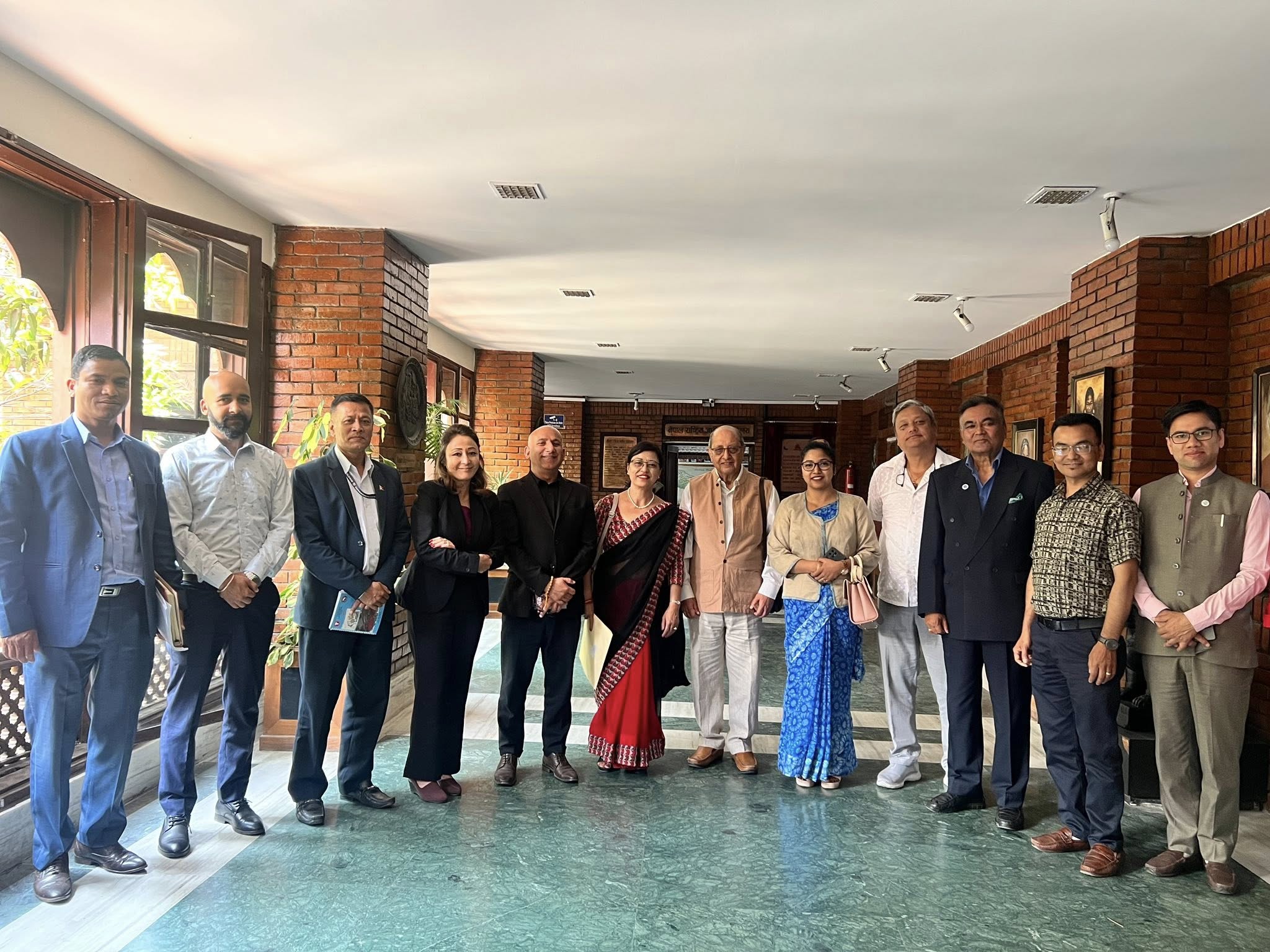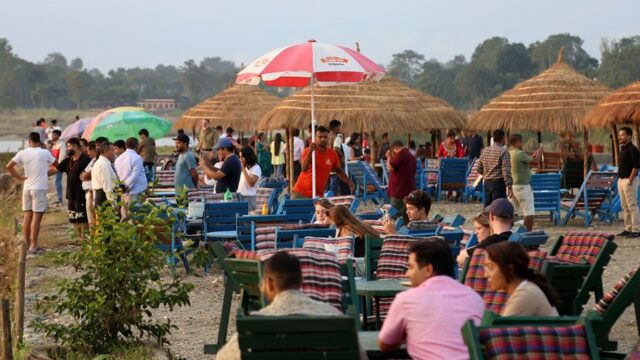In an effort to showcase the cultural diversity and vibrancy of Nepal, the Nepal Tourism Board (NTB), in collaboration with the Nepal Art Council, recently held a significant meeting with the Deputy Mayors and officials of Kathmandu, Lalitpur, and Bhaktapur Metropolitan areas. The discussions primarily revolved around organizing the much-anticipated Nepal Art and Culture Festival, which is scheduled to take place in September 2025. This initiative, if successfully executed, will serve as a major platform to display the rich artistic, cultural, and culinary heritage of Nepal, with a particular emphasis on the Kathmandu Valley’s diverse traditions and festivals.
NTB & Nepal Art Council Collaborate for 2025 Festival
The festival, expected to span an entire month, will provide a unique opportunity to highlight the immense cultural wealth that the Kathmandu Valley holds, which has been recognized worldwide for its historical significance and UNESCO World Heritage status. The proposed collaboration between the three metropolitan cities aims to bring together local communities, artists, performers, food vendors, and cultural organizations to showcase a wide range of activities, performances, exhibitions, and workshops.
This collaborative approach will not only promote the deep-rooted traditions of the valley but will also allow visitors to experience firsthand the lifestyle, food, and art forms that define Nepali culture. A focal point of the event will be the famous Indra Jatra Festival, one of the most prominent and eagerly awaited festivals in the Kathmandu Valley.
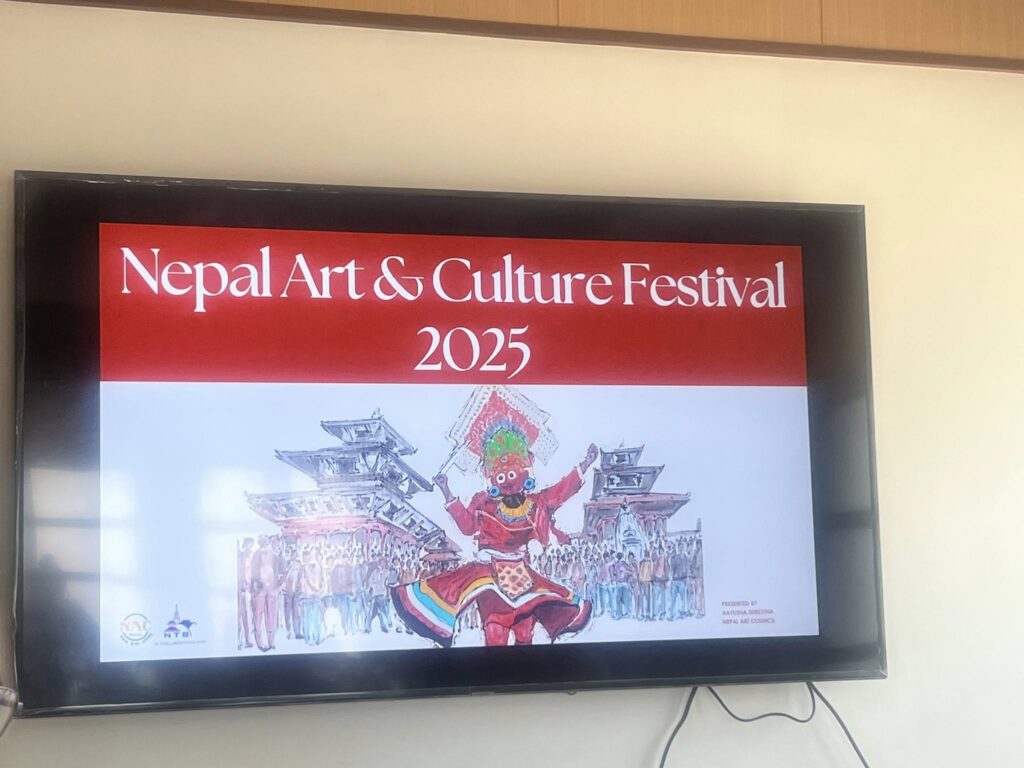
Celebrated in honor of Lord Indra, the god of rain and agriculture, Indra Jatra marks the end of the monsoon season and is known for its grand chariot processions, traditional dances, and vibrant street festivities. By focusing on this festival, the event will provide a unique glimpse into the traditional rituals, festivities, and social dynamics of Kathmandu, Lalitpur, and Bhaktapur, which are deeply intertwined with the cultural fabric of these metropolitan cities.
The officials at the meeting discussed various avenues for collaboration, which include sharing resources, coordinating logistical support, and working together to ensure that the festival reaches a wide audience both domestically and internationally. The inclusion of multiple stakeholders from the three metropolitan areas is expected to create a unified and cohesive atmosphere for the festival.
Local artists, artisans, and food vendors will have the opportunity to display their talents and products to a larger audience, encouraging both tourism and local business growth. In addition, international tourists are expected to flock to Nepal to experience the festival’s grandeur, which will significantly boost Nepal’s image as a cultural hub on the global tourism map.
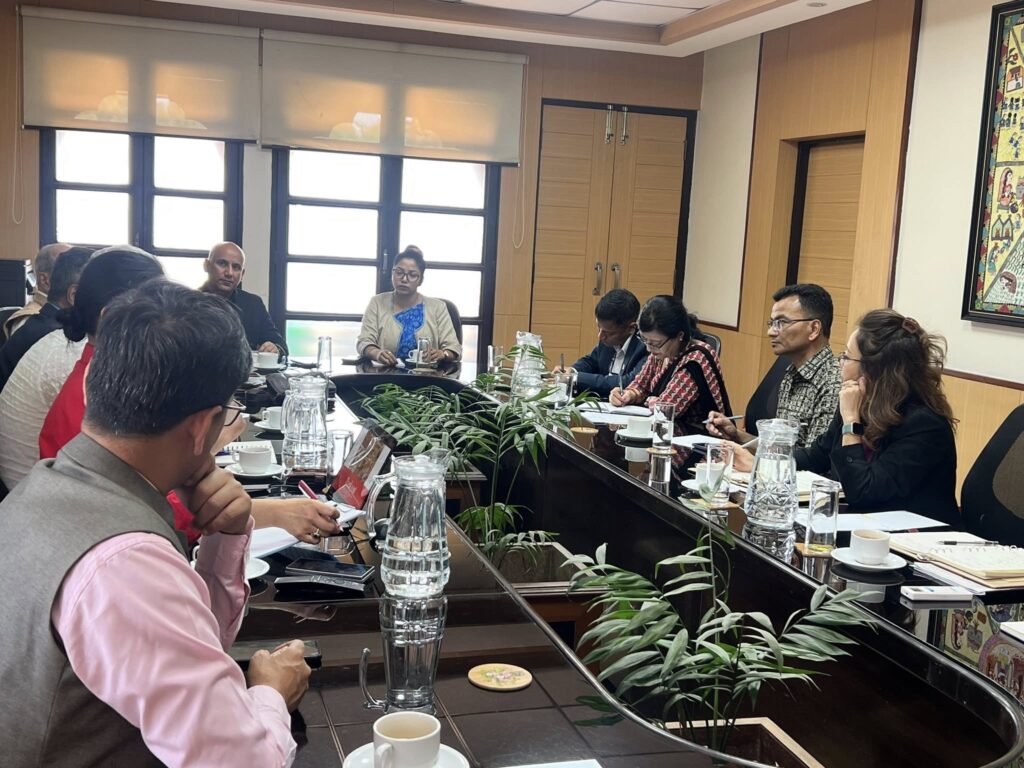
The Nepal Tourism Board, in particular, is keen to leverage this festival as a major tourism initiative. With Nepal emerging as a popular destination for cultural tourism, the event will be an excellent opportunity to further promote the country’s rich history and vibrant culture. By tying the event to the famed Indra Jatra, NTB aims to highlight Nepal’s unique festival calendar, which draws both cultural enthusiasts and tourists from all over the world. The event will also serve as a gateway for travelers interested in exploring not just the Kathmandu Valley but also other parts of Nepal, which are known for their own distinct cultural identities and traditions.
In terms of logistics and planning, the Nepal Tourism Board and Nepal Art Council will continue their collaboration with the city officials to determine the ideal venues for the festival’s various activities. The partnership aims to ensure that the event is accessible to everyone, including locals and tourists, with consideration given to the preservation of cultural heritage, sustainable tourism practices, and the involvement of the younger generation in promoting traditional art forms.
The festival’s timeline of one month is expected to feature a variety of programs, such as folk music performances, art exhibitions, handicraft displays, food stalls, dance performances, and cultural talks. Workshops on traditional Nepali art forms, including thangka painting, pottery, and wood carving, will be organized to provide both educational and experiential learning opportunities for attendees. Additionally, performances showcasing Nepali classical music, traditional dance forms, and theatrical plays will be featured throughout the event, with each performance reflecting the rich cultural diversity found in the Kathmandu Valley.
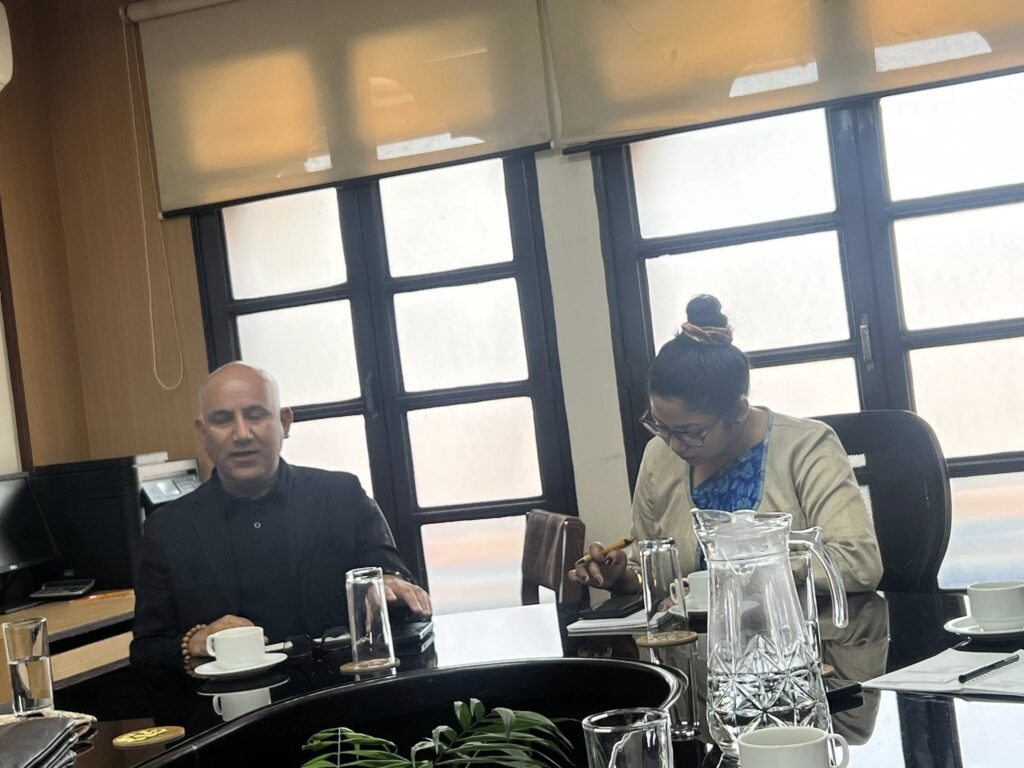
The collaboration between Kathmandu, Lalitpur, and Bhaktapur is crucial for the success of this event, as it will ensure that all aspects of the festival, from organization to execution, are well-coordinated. By pooling resources and expertise, the three metropolitan areas will work together to create a memorable and enriching experience for both Nepali citizens and visitors from around the world.
The Nepal Art and Culture Festival will also serve as an important opportunity to promote responsible tourism. The organizers are planning to incorporate sustainable practices into the event, such as waste management systems, eco-friendly materials, and promotion of local products. By highlighting Nepal’s commitment to environmental conservation alongside its cultural richness, the festival will send a strong message about the importance of preserving both cultural and natural heritage for future generations.
As Nepal continues to grow as a major cultural tourism destination, the Nepal Art and Culture Festival will undoubtedly play a significant role in attracting global attention. The Nepal Tourism Board, along with the Nepal Art Council and the metropolitan governments, is poised to make this event a resounding success, elevating Nepal’s standing as a premier destination for cultural tourism.
